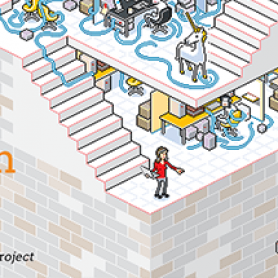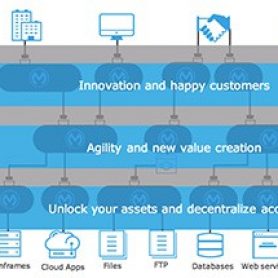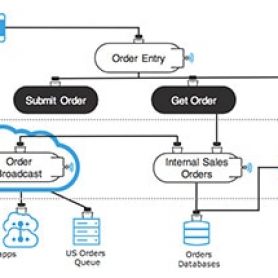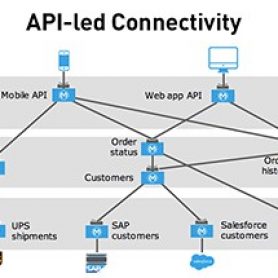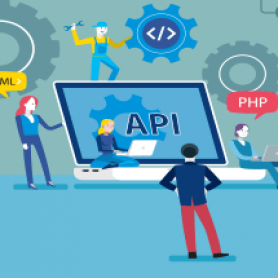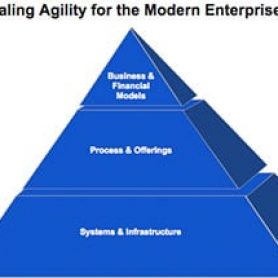Why all API consumer journeys need a map
In the previous blog entry, I described two specific design artifacts (user types and personas) that can be used to inform an intentional API
Why designing an intentional API consumer experience starts with the users
A close friend and mentor of mine (Patrick Quattlebaum of Harmonic Design) once said “All systems have a design. The question is ‘is the
How to survive disruption: an IT leader’s guide to business continuity
High availability (i.e., system redundancy) and disaster recovery (i.e., backup and restore) are common topics for IT leaders and practitioners. On the other hand,
Gene Kim’s “The Unicorn Project” – Thanks for all the silo busting
Regardless of all the conflicts in our world and around our Thanksgiving dinner tables, one man is consistent in carving out paths to unification
Dropping the rock: How to align your enterprise on debt reduction and get back to business
Let’s get something straight. Everyone hates technical debt. It’s not controversial. (more…)
Experience APIs ownership and governance model
This blog series is the result of a collaboration between Stephen Fishman, Stanislav Pokraev, and Adam Davis. Each author represents a different area of
Process APIs ownership and governance model
This blog series is the result of a collaboration between Stephen Fishman, Stanislav Pokraev, and Adam Davis. Each author represents a different area of
System APIs ownership and governance model
This API ownership blog series is the result of a collaboration between Stephen Fishman, Stanislav Pokraev, and Adam Davis. Each author represents a different
API ownership for the modern enterprise
This blog series is the result of a collaboration between Stephen Fishman, Stanislav Pokraev, and Adam Davis. Each author represents a different area of the MuleSoft organization
Scaling agility for the modern enterprise
As discussed in my previous blog post, the notion of the OODA loop is foundational for many of today’s common agile, LEAN and DevOps









